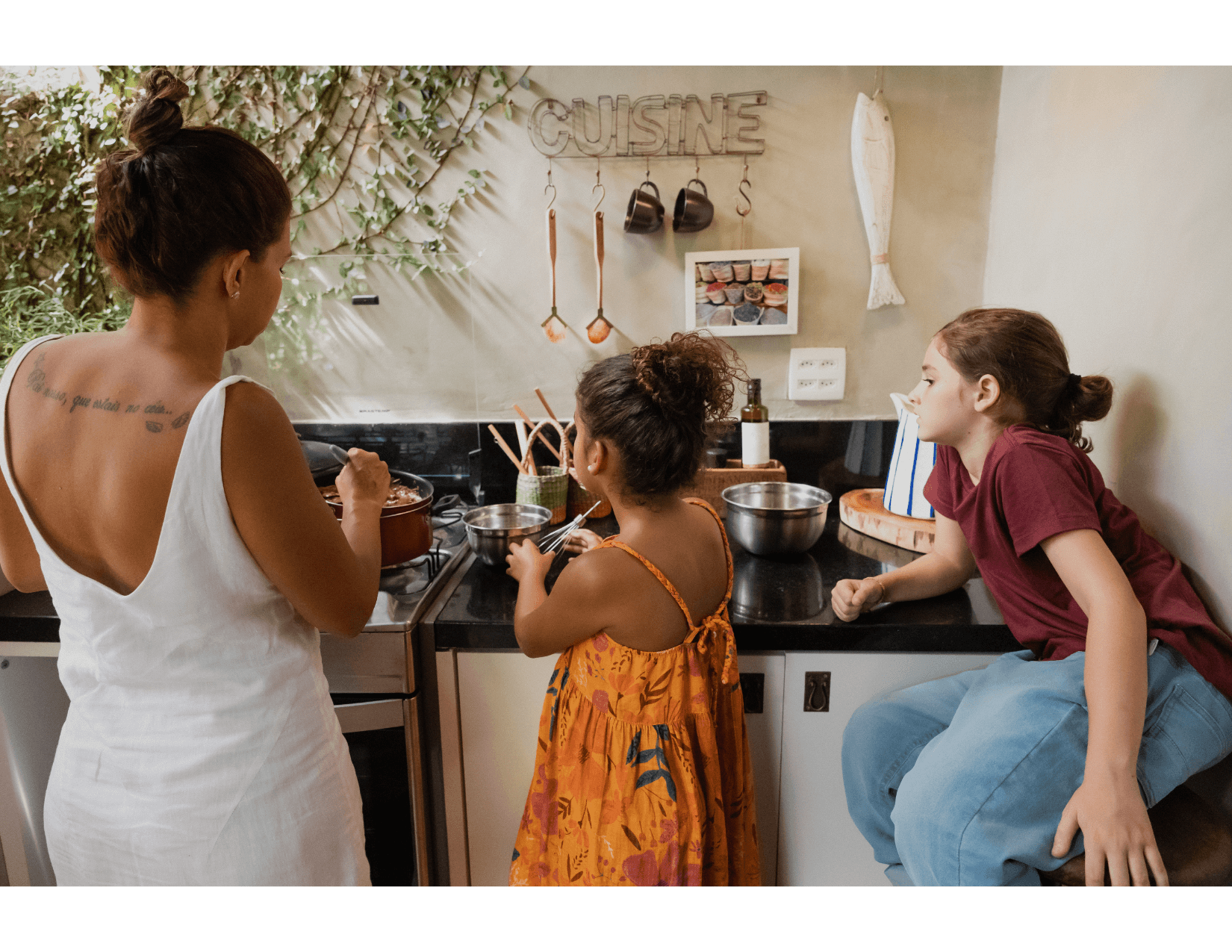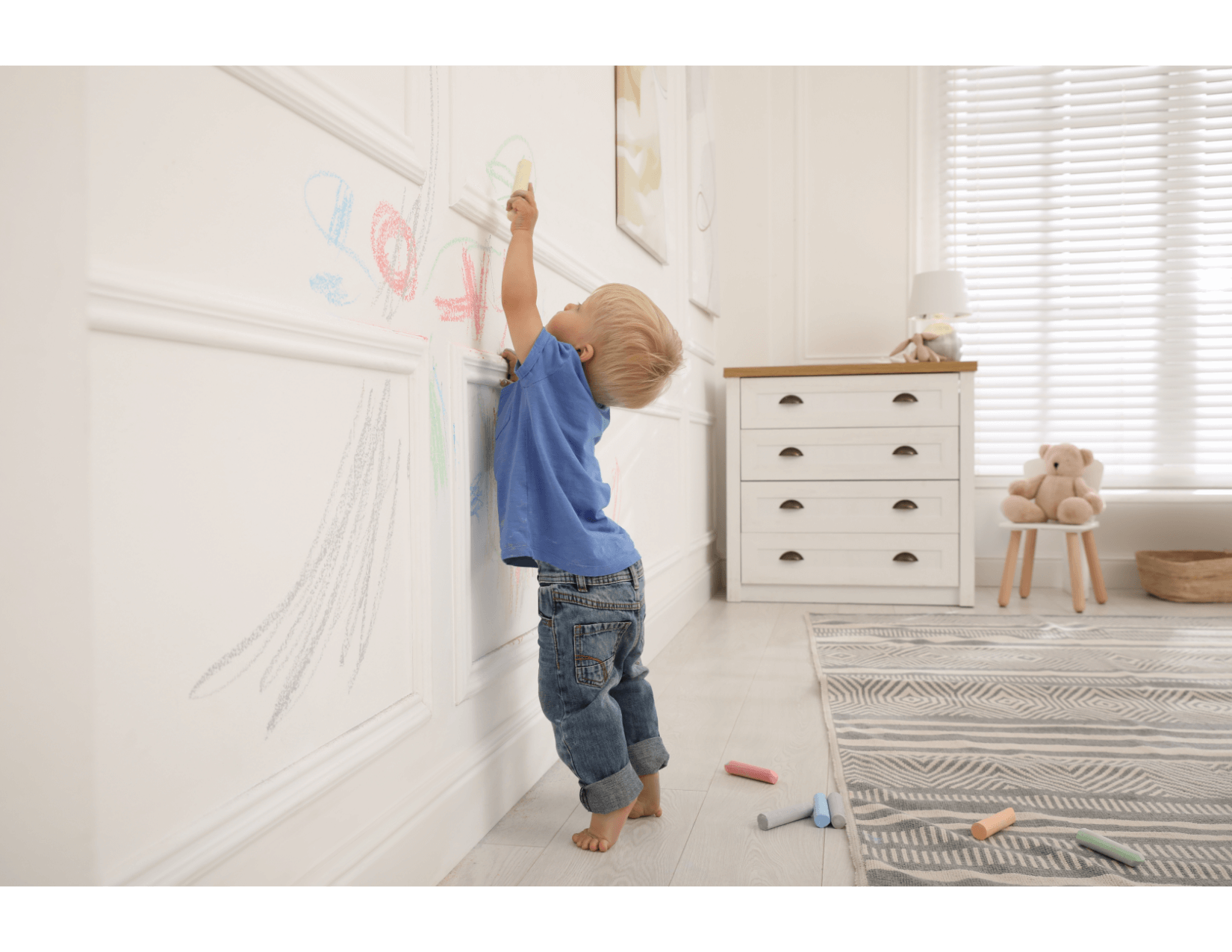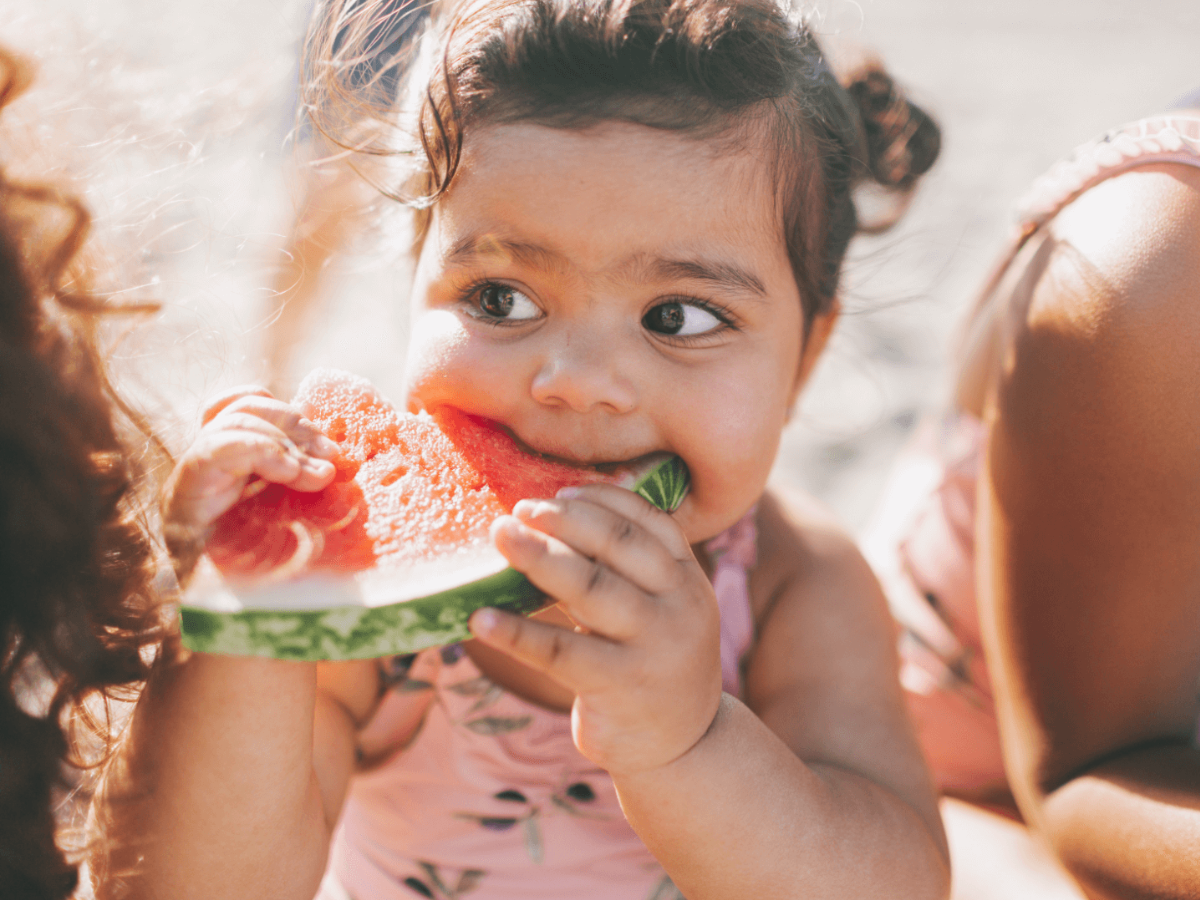
Tips for Getting Your Kids Involved In The Kitchen
Most kids love helping their parents cook. But alas, finding age-appropriate tasks for them can be somewhat of a challenge. If you’re wondering how to get your kids involved in the kitchen, keep scrolling. Today’s article explains how to introduce your kids to the joys of cooking – without creating a culinary disaster. How to Get Your Kids Involved in the Kitchen Wondering how to get your kids involved in the kitchen? Here are some suggestions: Start Small While cooking can involve sharp objects, involving your kids in the process doesn’t have to mean handing them a set of kitchen knives. Instead, you can assign your children tasks as simple as dumping ingredients into a bowl and stirring. If you’re unsure where to begin, here’s a general overview of age-appropriate kid activities in the kitchen: Cooking Tasks for Young Children Ages 2 to 3 Cooking Tasks for Young Children Ages 4 to 5 Cooking Tasks for Children Ages 6 to 7 Cooking Tasks for Children Ages 8 to 9 Cooking Tasks for Children Ages 10+ Invest in the Right Tools While you can probably get away with sharing stirring tools — like spoons and spatulas — we recommend investing in a kid-friendly plastic knife set. You might also consider a cutting board with a non-slip bottom that prevents it from sliding out underneath your children’s fingers. Additionally, having a small step stool nearby can help younger kids reach the counter. And buying personalized aprons will help your children get excited about cooking. Start a Family Garden Another way to excite your kids about cooking is to start a family garden. Not only does gardening impart valuable life skills, but cooking is significantly more fun when you’re using ingredients that you’ve grown from scratch. If you’re unsure how to create a garden, check out our Mom’s Guide to Growing Your Own Garden. Teach Them Where Food Comes From While your kids are helping you in the kitchen, use it as an opportunity to teach them where food comes from and how it serves us. Similarly, allow your children to touch everything — after washing their hands, of course — as this provokes their curiosity. And children are more apt to try new foods when they’re exposed to them during the preparation process. Accept Things Will Get Messy No matter how hard you try to avoid it, your family cooking session will likely result in a mess. Therefore, we don’t recommend introducing your kids to the kitchen right after you’ve swept and mopped the floors. Instead, start with a tidy-ish cooking area, and surrender to the inevitable chaos. While cleaning as you go is a wise habit to encourage, it’s not feasible for some kids. And if this sounds familiar, simply put on your aprons and have your kids help clean up at the end. Pile on the Praise To encourage and uplift your children, make sure to pile on the praise for their culinary endeavors. Let your partner know that your child helped with the meal, and point out specific ingredients they chopped or dishes they prepared. Doing so will make your child’s face light up, and they’ll be so proud of themselves and their accomplishments. You could also ask your little ones if they want to make a treat for someone else — like grandma and grandpa. Then, when you drop it off, make sure to gush over how helpful your children were throughout the process. Manage Your Expectations While we all want our children to be culinary connoisseurs, it’s important to manage your expectations. Instead of asking them to help you prepare an elaborate dinner party, start by letting them cut banana slices during snack time. Keep in mind that younger children have shorter attention spans, and it might take a few kitchen sessions before they really get into it. However, with a little patience and gentle encouragement, we’re confident that your little ones will become excellent sous chefs. The Bottom Line Getting kids involved in the kitchen is an adventure in itself. And while it might seem daunting, there are many rewarding benefits and lessons that come from cooking with kids. If you’re struggling to get started, know that you’re not alone. And these tips for cooking with kids will surely point you in the right direction. Want more parenting tips and resource guides like this one? Head to the parenthood section of our website.









